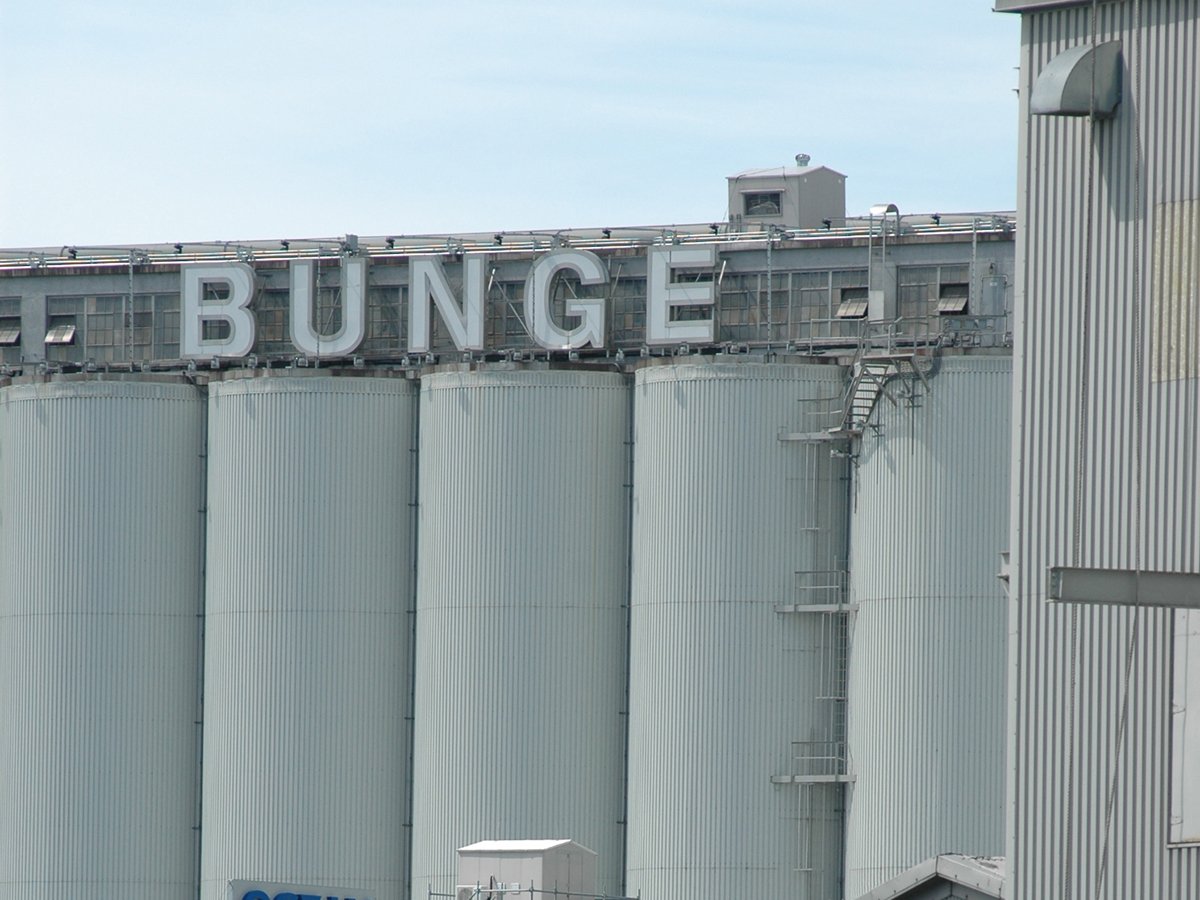A massive new trade deal be-tween Russian and Chinese companies poses a serious threat to Canada’s canola and flax exports, say analysts.
Russia’s Export Food Trade company and China’s Sino-Europe Agricultural Development Centre signed a long-term contract March 29 to supply Russian crops to China.
Newspapers report that the deal covers soybeans, barley, rapeseed, flax and crude sunflower oil.
Russia plans to export 1.5 million tonnes of those commodities to China next year with total volume growing to 52 million tonnes by 2028.
China is the top buyer of Canadian canola and flax, so the new deal with Russia is an unwelcome development.
Read Also

Bunge’s crop mix is changing
Bunge has predominantly been a soybean processing firm, but that’s about to change after the merger with Viterra with softseed processing and grain merchandising gaining ground.
“It’s a huge threat and it should be giving us some food for thought,” said Marlene Boersch, managing partner of Mercantile Consulting Venture.
Arlan Suderman, chief commodities economist for INTL FCStone, said the mega-deal is a statement that Russia will be a force to be reckoned with in years to come.
“This is just a wake-up call and a realization that they are going to be a long-term player in the export market,” he said. “They have made a significant investment in the infrastructure to become a major agricultural exporter.”
China bought 381,551 tonnes, or 62 percent, of Canadian flax exports and 3.6 million tonnes, or 34 percent, of Canadian canola seed exports last year.
Suderman said Russia’s new deal with China will create more competition for Canadian exports, given how the country has flexed its muscles in the wheat market.
“They started off by becoming the world’s largest exporter of wheat,” he said.
“Now that they’ve done that, they’re moving towards other agricultural commodities as well.”
However, Suderman said oilseed demand is rapidly expanding in China, so there will be a bigger pie.
It is unclear from the newspaper reports if annual exports of the five Russian commodities will reach 52 million tonnes by 2028 or if that will be the total shipped over the 10-year period.
Either way, it’s a lot of grains and oilseeds that could displace Canadian product.
Boersch said it is hard to fathom 52 million tonnes in annual exports to China of the five commodities. However, she did note that Russia’s annual wheat exports have soared to 30 million tonnes from 10 million tonnes a decade ago, so it is not out of the realm of possibility.
“The growth has been mind-boggling and the increase in ability to transport and solve all these (problems), I find very impressive,” she said.
It should give Canada pause to reflect on what little is being done to improve its export infrastructure.
China is also investing heavily in transportation. It has embarked on its One Belt, One Road project, a 21st century Silk Road that would link China to Russia and other parts of Europe.
China is also building a transcontinental railroad that would provide a more direct route for goods moving from Russia to China.
As a result, it is not unreasonable to expect increased business be-tween the two economic superpowers.
Russia is not a major producer of rapeseed, but it is one of the world’s top flax growing regions. Boersch thinks it could easily increase production of both crops to meet China’s needs. There is still plenty of land that can be brought back into agricultural production in Russia.















